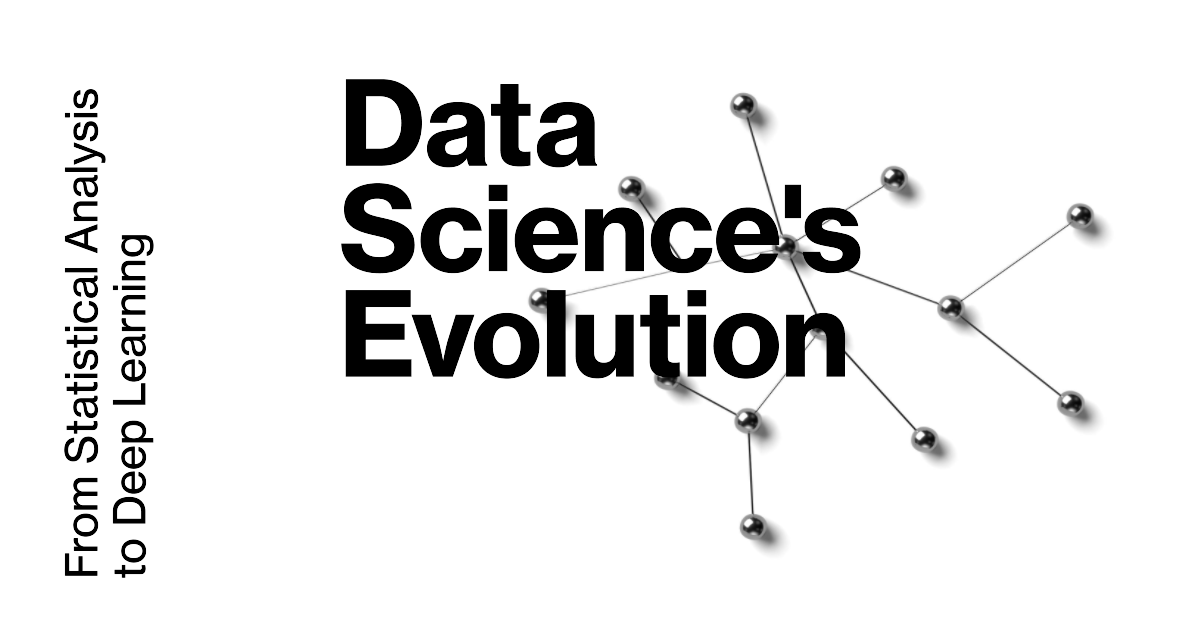Hello, amazing readers! 🚀 I hope you enjoyed exploring the fascinating journey of data science with me in the article. If you’re as passionate about this field as I am, let’s stay connected! Feel free to follow me on my social media channels for more insightful content, updates, and discussions on the latest trends in data science.
🔗 Twitter 🔗 LinkedIn 🔗 Instagram
Your thoughts, questions, and insights are always welcome. Let’s continue this exciting conversation beyond the article! Feel free to reach out, connect, and let’s dive deeper into the world of data science together.
And hey, don’t forget to explore more exclusive content and updates by clicking here. Looking forward to connecting with you all!
Stay curious, Jhonathan David Shaikh 🚀

